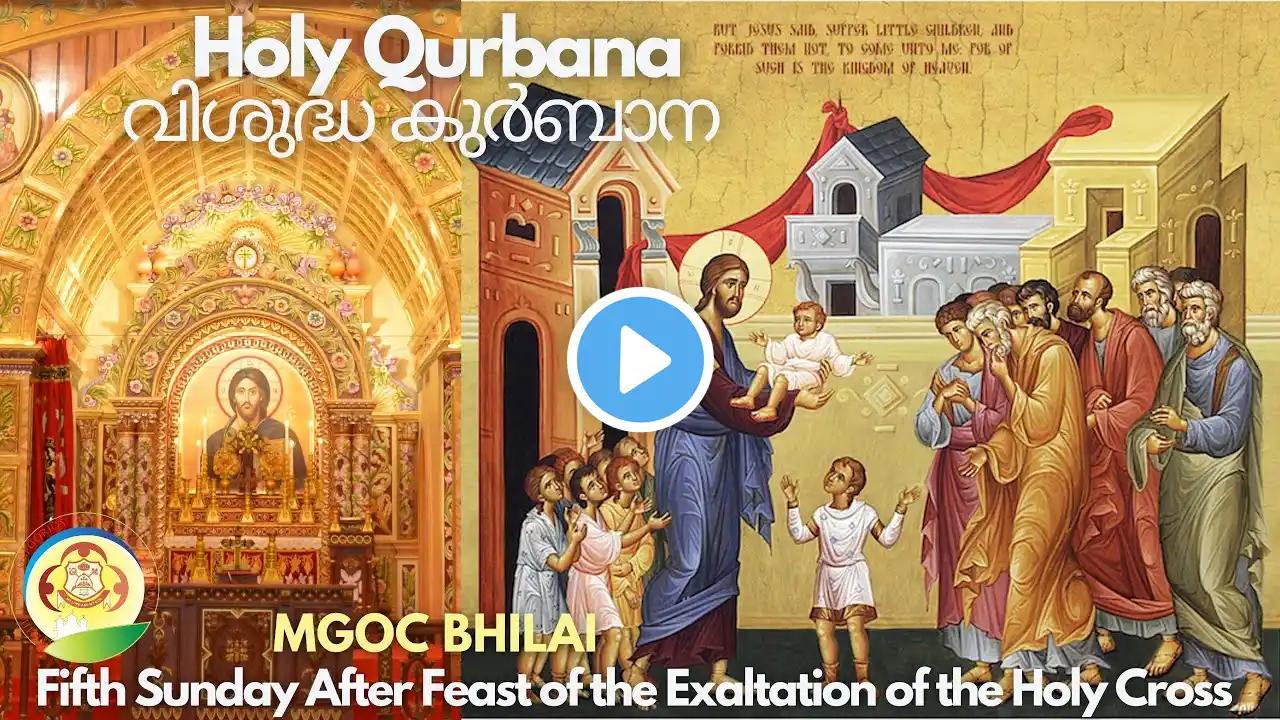
The Afterfeast of the Holy Cross
The Afterfeast of the Holy Cross, also known as the Afterfeast of the Exaltation of the Cross, is a period of seven days following the Feast of the Exaltation of the Holy Cross on September 14. During this time, Orthodox Christians continue to commemorate the discovery and veneration of the True Cross by Queen Helena and the saving power of the Cross itself, with the Leavetaking of the feast occurring on September 21. Key Aspects of the Afterfeast Duration: It lasts for seven days, from September 15 to September 21. Purpose: It extends the celebration of the main feast, allowing for further reflection on Christ's sacrifice and the victory of the Cross. Liturgical Elements: Special Services: The faithful attend services, with the liturgical color often being red to signify the Cross. Veneration: A decorated cross is often placed in the center of the church for public veneration through bows and kisses. Hymns: Special hymns are sung, such as "O come, let us worship and fall down before Christ. O son of God crucified in the flesh, save us who sing to Thee: Alleluia" during weekday Liturgies. Symbolism: The Afterfeast emphasizes the theme of salvation through the Cross, connecting it to God's act of mercy and the victory over death and sin. The Main Feast of the Exaltation of the Holy Cross Date: Celebrated on September 14. Significance: It commemorates both the discovery of the True Cross by St. Helena and the Exaltation (or elevation) of the Cross in Jerusalem. Traditions: Traditions can include processions, fasting for some, and the distribution of blessed basil sprigs.



















